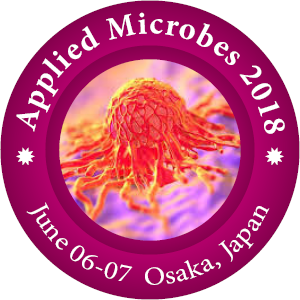
Andrea Osimani
Università Politecnica delle Marche, Itlay
Title: Breadmaking Potential of Wheat Flour Enriched with Mealworms (Tenebrio molitor L.) Started with Sourdough and Baker’s Yeast
Biography
Biography: Andrea Osimani
Abstract
The high nutritional value of edible insects has recently attracted the attention of researchers and food industry for their potential use in foods with enhanced nutritional characteristics. Moreover, the European Food Safety Authority (EFSA) has recently highlighted the need to better assess the microbiological and chemical risks from insects as food. In this study mealworms (Tenebrio molitor L.) powder was added to wheat flour to obtain bread with enhanced nutritional value. Bread loaves were obtained from doughs produced using different blends of wheat flour and mealworm powder added in amounts of 5 or 10% (based on wheat flour) and baker’s yeast and/or sourdough, this latter produced with selected lactic acid bacteria. Raw materials, dough and breads were subjected to a number of analyses aimed at comparatively evaluating their microbiological (viable counting and PCR-DGGE profiling of spore-forming bacteria), rheological (volume, specific volume, texture), nutritional (aminoacid, fatty acid, gross composition) and sensory traits (acceptance test). A higher nutritional profile in terms of fatty acid composition, high protein content and occurrence of essential aminoacids was observed in the experimental breads containing mealworms powder. Data overall collected highlighted a good suitability of mealworm powder for the production of enriched bread wioth bothe the two leavening agents explored. Of note, the presence of spore-forming bacteria in mealworm-based bread loaves, thus highlighting potential safety issues to be deepened.

